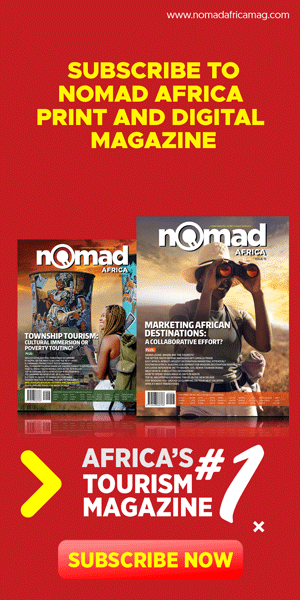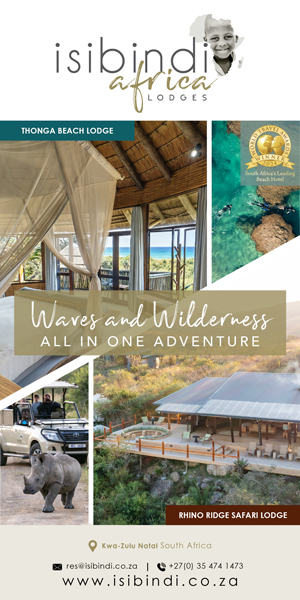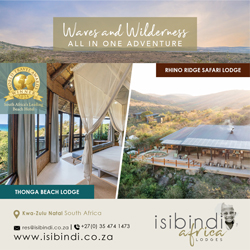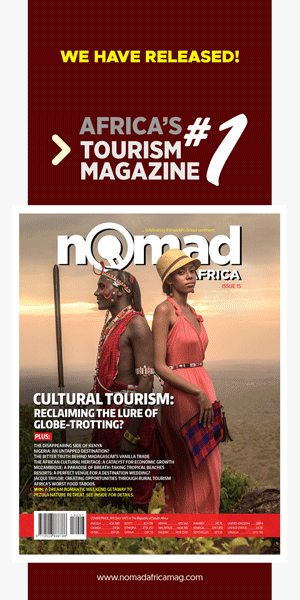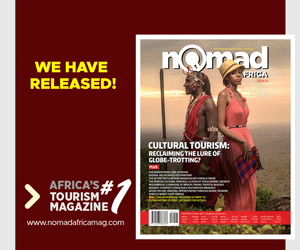Heritage attractions, such as Nelson Mandela’s statues at Union Buildings in Pretoria or at Nelson Mandela Square in Sandton City, continue to draw both international and domestic tourists in large numbers. Together with many others across South Africa, they are an ever present part of the country’s broader tourism industry and often a source of exciting and sometimes controversial conversations, as seen during the “Fees Must Fall” movement.
Tania Colyn, Head of Communications, Department of Cultural Affairs and Sport (Western Cape Government) said that heritage resources were a major part of any economy. Her responses also include information sourced from Department of Economic Development and Tourism.
Describing the role of heritage to the tourism economy of the Western Cape, she explained that heritage resources such as statues and other public monuments play an important role in the country’s visitor economy.
“Firstly, they are often attractions which can attract visitors to a destination and thereby generate economic opportunities. Secondly, they help to create a strong sense of place in our communities as they help to tell the stories of these communities visibly,” she said.
Internationally, research shows that European and North American markets are attracted to our culture and heritage offerings. This is important because cultural and heritage tourists tend to come from more affluent homes. They, therefore, constitute high-yield markets for the Western Cape and South Africa.
In percentage terms, the statue or monument or heritage tourism constitutes a large part of the Western Cape tourism.
According to Colyn, in 2017, 49% of foreign tourists engaged in cultural, heritage and historical activities in the Western Cape. This is a significant percentage of international tourists. Unfortunately, she revealed that more recent statistics are not available.

Though heritage-based tourism seem to have challenges around maintaining the art works, say after a long period where they may need restoration, she explained that this has not been a challenge to the Western Cape. She even went on to give some specific examples of cases where restoration has been done in the past or maybe needed in the future.
“It must be noted that the National heritage Resources Act, no. 25 of 1999 defines public monuments and memorials as: “…all monuments and memorials — (a) erected on land belonging to any branch of central, provincial or local government, or on land belonging to any organisation funded by or established in terms of the legislation of such a branch of government; or (b) which were paid for by public subscription, government funds, or a public-spirited or military.”
“This definition provides for a broad scope of monuments and memorials and gives an indication of where the responsibilities lie in respect of maintenance and management,” she notes.
She elaborated that heritage tourism, however, does not only relate to statues and monuments. It also includes structures and sites of heritage significance. The responsibility for the maintenance and management of heritage resources rests with the owner of the property.
In the case of structures of high significance, Colyn noted, conservation management plans may be put in place to allow for the appropriate day to day maintenance and long-term conservation interventions required on a site. Also, pointing out that this avoids challenges with inappropriate maintenance and conservation interventions.
It is her observation that, overall, the maintenance and management upkeep of heritage resources under this umbrella can be challenging. Reasons may include poor resource allocations and not ensuring appropriately skilled and experienced heritage practitioners do the work of restoration work, although Heritage Western Cape (HWC) guides on such expertise required. HWC established guidelines for public monuments and memorials in 2015.
In respect of projects HWC has processed applications include, amongst others, the Integrated Rapid Transport Myciti bus developed in May 2011, and where HWC was involved in the relocation of Cenotaph; the HWC permitting the restoration of a 17th-18th century cannon in Companje’s Gardens. This project was under the auspices of the Cannon Society of South Africa and HWC is currently involved with the New Commonwealth War Graves Commission Memorial in the company gardens. Also, in Knysna, Erf 957, Grave and memorial gardens.
However, she revealed that, from tourism perspective, research shows that in general, cultural and heritage experiences are underperforming in terms of perceptions around the quality of these experiences. Some of this stems from the poor maintenance of these facilities. There are also examples of heritage sites that are currently closed to the public due to maintenance challenges. These examples include museums such as the Old Town House and Rust en Vreugd (both museums are managed by Iziko Museums).

Development and growth of heritage tourism in the Western Cape has faced some challenges. Colyn points that interpretive signage in the official languages of the provinces would go a long way in providing local visitors to the sites with educational information.
Generally, access to information of statues and memorials on site is an issue. Technological solutions such as QR codes to digital information or other technical platforms one can easily access needs to be provided to local and international visitors. This requires resources and further to that the challenge remains continuing dialogue with stakeholders regarding colonial monuments and statues.
“The other challenges are that South Africans are generally not big consumers of heritage experiences. This means that some sites overtly rely on international tourists which make these attractions vulnerable to international shocks as we’ve seen during the COVID-19 pandemic.”
Data on the participation of foreign markets in activities linked to culture, heritage and history is not available. However, the Western Cape Government do know that the Western Cape’s core markets include those national markets that most participants in these activities – namely traditional European and North American markets, Australia and emerging markets such as Brazil, India and China.
“It is a reasonable assumption that national markets for cultural heritage tourism will then also be the Western Cape’s and Cape Town’s markets for cultural heritage tourism,” said Colyn.
Besides lack of data in the above, there was also unavailability of information on how much was the economic contribution of cultural heritage to the region.
Colyn highlighted that according to the South African Cultural Observatory, natural and cultural heritage tourism activities contributed R2, 2 billion to the South African economy in 2018.
The South African Heritage Resources Agency is currently undertaking a national audit of memorials and statues. The numbers in the Western Cape cannot be provided yet until the audit has been completed.
It is not easy to single out which heritage sites have defined the growth of the heritage industry in the Western Cape and why since in the view of Tarcia Colyn, “There is no single statue that dominates”.
However, she noted that the top heritage attractions in the Western Cape are Robben Island, Zeitz MOCAA, Iziko SA Museum and the William Fehr Collection at the Castle of Good Hope.

These heritage attractions attract more than 100,000 visitors per annum each. Generally, statues and memorials connected to key events and persons are of interest, but issues of public placement and access are factors to consider.
South Africa’s core overseas markets – Germany, the United Kingdom, USA, France, and Netherlands make up the largest markets for activities linked to culture, heritage, and history. The size of the markets from Germany, the United Kingdom and USA in 2017 are comparable, with around 175,000 apiece.
However, the United Kingdom market is the least interested in activities linked to culture, heritage, and history with only 39% of the market participating in them. In contrast, 50.2% of the German market and 47.1% of the US market participate in activities linked to culture, heritage, and history.
Brazilians are most interested in culture, heritage and history with 59.9% engaging in related activities. However, this converted to only 23,250 tourists.
“Culture, history, and heritage are not a priority for South Africa’s domestic tourists. Between 2013 and 2016, an average of only 3% of domestic tourists participated in activities linked to culture, history, and heritage. Domestic tourists generally engage in unpaid activities like socializing or going to the beach, or shopping,” said Colyn.









